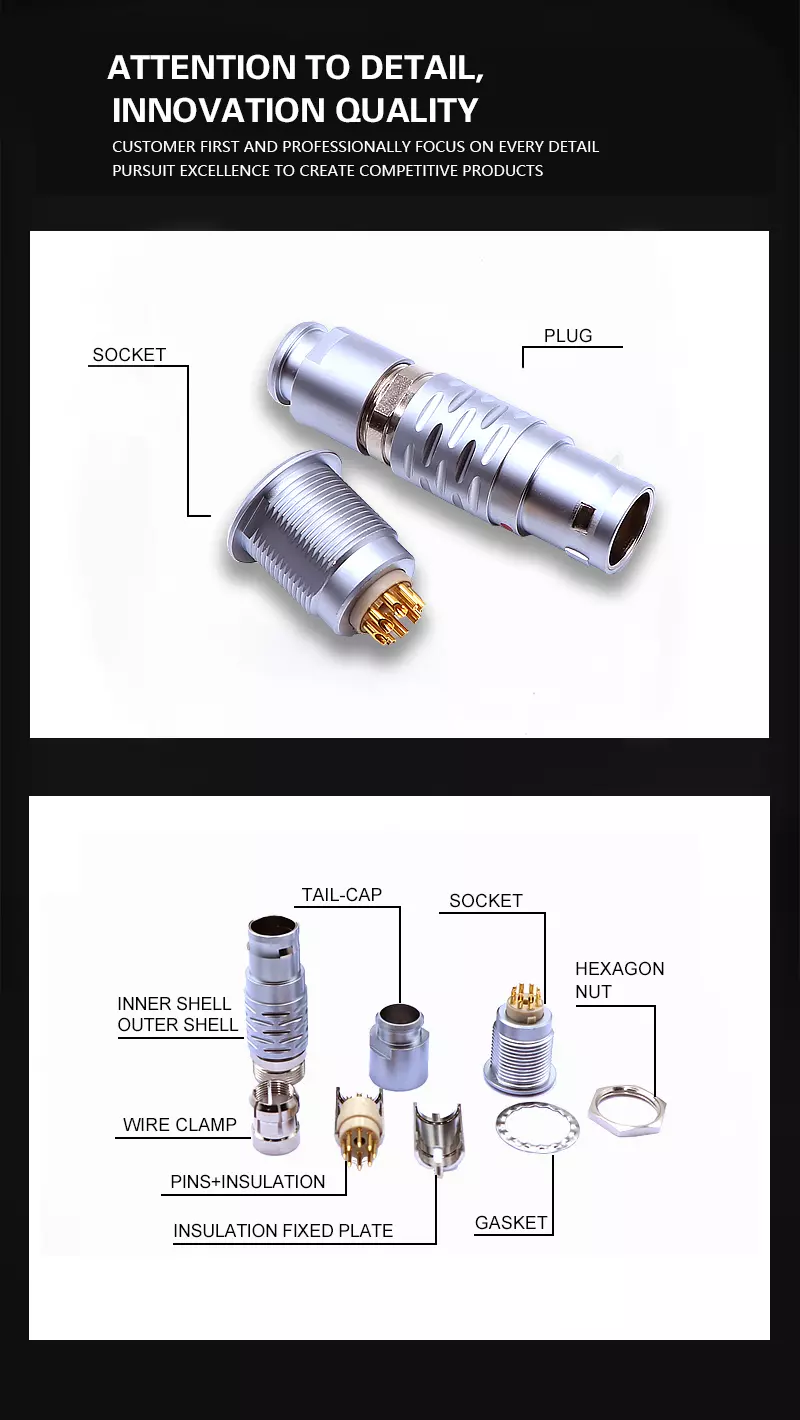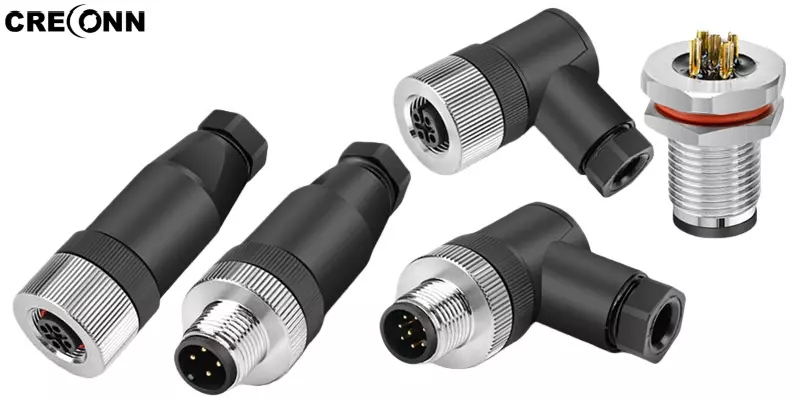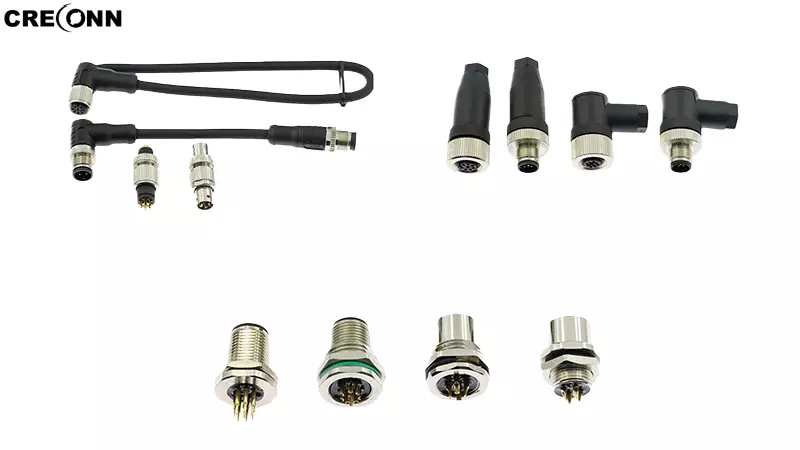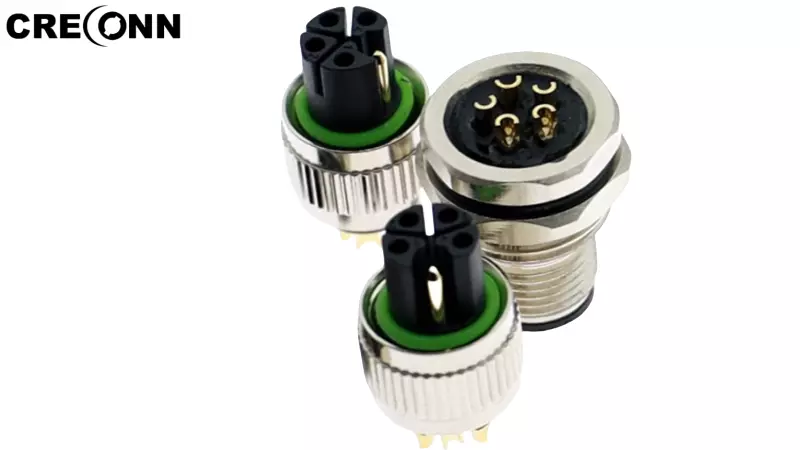Industrial vs. Aerospace Connectors: Key Technical Differences
Industrial vs. Aerospace Connectors: Key Technical Differences
While industrial and aerospace connectors may appear similar, their design standards, performance, and applications differ significantly. This brief compares their core distinctions for engineering reference.
1. Design & Reliability
- Industrial Connectors
- Standards: IEC 61076, UL 1977
- Reliability: Tolerates single-point failures; suited for stable environments.
- Applications: Factory automation, power distribution, telecom.
- Aerospace Connectors
- Standards: MIL-DTL-38993, DO-160G
- Reliability: Redundant contacts (e.g., dual springs); failure rate ≤0.1ppm.
- Applications: Avionics, satellites, nuclear safety systems.
2. Environmental Performance
|
Test |
Industrial |
Aerospace |
|
Temperature |
-25℃ to +85℃ |
-55℃ to +125℃ |
|
Vibration |
5Hz-50Hz, 5G |
10Hz-2000Hz, 15G |
|
IP Rating |
IP65 |
IP68 (1m waterproof) |
|
Salt Spray |
96 hours |
500 hours |
Case: Industrial connectors in offshore wind farms corroded within 6 months; aerospace-grade MIL-DTL-5015 variants lasted 5+ years.
3. Materials & Construction
- Contacts: Nickel-plated phosphor bronze (industrial) vs. gold-plated beryllium copper (aerospace).
- Housing: Anodized aluminum (industrial) vs. titanium/EMI-shielded stainless steel (aerospace).
- Locking: Threaded (industrial) vs. quick-latch bayonet (aerospace).
4. Selection Guidelines
- Use Industrial: Cost-sensitive, low-risk applications (e.g., indoor equipment).
- Use Aerospace: Safety-critical or extreme environments (e.g., flight controls, space).
Cost of Failure: Aircraft connector failure ≈ $500k/day downtime; industrial repair ≈ $200.
Conclusion
Choose based on risk vs. cost. For critical systems, aerospace-grade is non-negotiable.
Guangdong Corecon Precision Industry Co., Ltd. aims to be your reliable partner in pin and socket manufacturing. Our professional team stands ready to support you, driving your business forward. Choose Corecon for a trustworthy partnership and a brighter future. Contact us for inquiries or more information.













